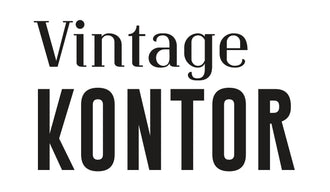Auftragen von Leimfarbe
Die geruchsarme, kreidematte, harte Leimfarbe auf Wasserbasis mit hoher Deckkraft eignet sich für Wände, Decken und feine Stuckverzierungen. Das erzielte weiche, matte Finish eignet sich ideal für Schlafzimmer, Wohnzimmer, Essbereiche und andere weniger beanspruchte Bereiche. Wir empfehlen Leimfarbe nicht für Kontaktbereiche oder Bereiche, in denen es zu Kondensation kommen kann.
Für vollkommene Farbtiefe der ausgewählten Farbe trage zwei Schichten auf. Zwischen den einzelnen Anwendungen sollten 4 Stunden Trocknungszeit liegen.
Für die meisten porösen Oberflächen wird eine Verdünnung mit 20 % Wasser empfohlen. Bei sehr porösen Oberflächen wie frischem Gips kann bei der ersten Schicht eine Verdünnung von bis zu 50 % erforderlich sein.
Aufgrund seines pudrigen Finishes sieht Leimfarbe besonders in den Pastelltönen der Palette von Little Greene sehr hübsch aus.





